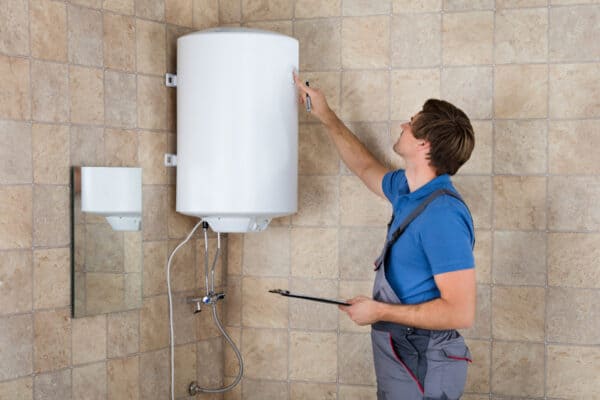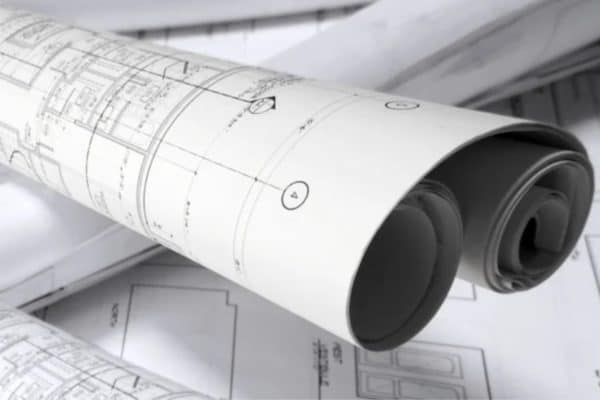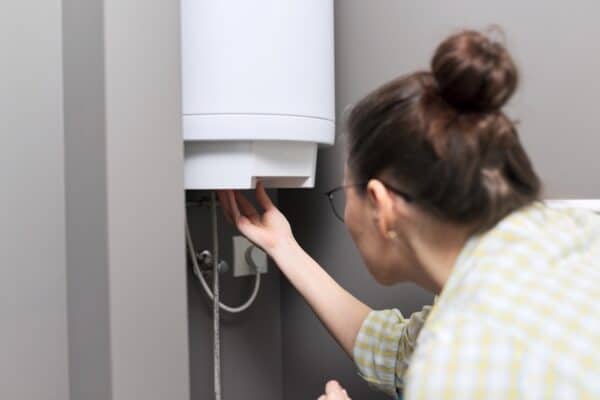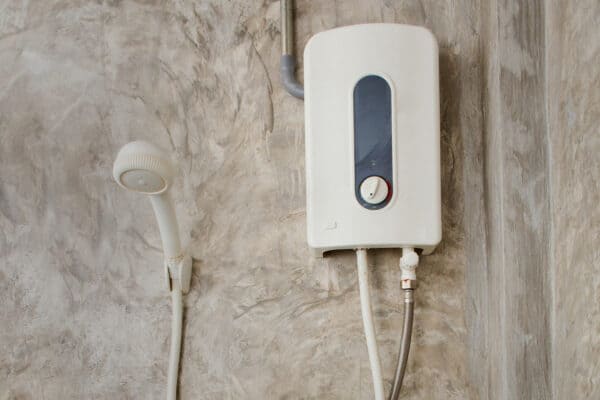Do Air Purifiers Produce Oxygen?
Air purifiers are used to improve indoor air quality. Many people want to maintain a good oxygen level in their home and they are wondering do air purifiers produce oxygen. So, I did some research.
Air purifiers do not produce oxygen. Air purifiers only make the air cleaner by filtering the air with high-grade filters. Most air purifiers are not capable of introducing any fresh air from outside. Hence, a separate fresh air system is required to maintain a good indoor oxygen level.
Some people thought that air purifiers do produce oxygen. However, it is a misconception because air purifiers are not designed to provide oxygen.
How Air Purifiers Work?
Air purifiers have a fan to circulate the air in your house through a built-in high-grade filter. Usually, the high-grade filter in air purifiers is a HEPA filter (high-efficiency particulate air filter).
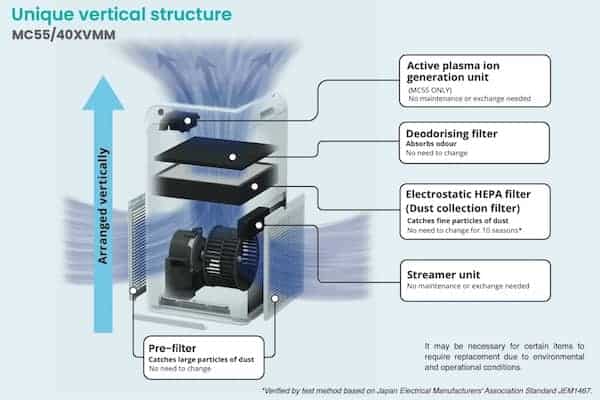
Most air purifiers have pre-filters to block large particles such as rolled dust, human hairs and dog hairs. Pre-filters are important to make sure that we don’t need to keep changing the more expensive HEPA filter.
Standard air purifiers have one HEPA filter, usually electrostatic type, to block and collect fine particles. Generally, HEPA filters are high-grade filters that theoretically remove at least 99.97% of dust, pollen, mold, bacteria, and any airborne particles with a size of 0.3 microns (µm) according to EPA.
To compare, a HEPA filter cleans the air better than the highest grade filter found in home HVAC systems which is the MERV 16 filter. MERV 16 filters can only block around 75% of dust particles between 0.3 and 10 microns.
Some air purifiers have another deodorizing filter (green tea filter or carbon filter) that helps to remove odor and smell in the room. Besides, some air purifiers may have plasma ion that makes dust particles bond together which makes the dust heavier and thus, easier to fall on the floor.
Therefore, air purifiers have nothing to do with the production of oxygen. They merely filter the air and make the air we breathe cleaner and less harmful, especially for people with dust allergies.
In addition, some air purifiers have a UV light system to help kill certain bacteria and viruses. However, the UV light system does not effectively kill most bacteria and viruses unless the air purifier is left operating in an enclosed room for an extended period of time.
Bacteria and viruses must be exposed to a certain level of UVC radiation for a sufficient amount of time in order to be inactivated or dead. See my post about do UV lights work to understand how much UVC radiation is required to kill bacteria and viruses.
In an air purifier, bacteria and viruses are only exposed to UV light for a few seconds. Such a short UV exposure time is far from sufficient to kill them. However, bacteria and viruses that are trapped on filters have a longer exposure time and they may be dead after exposure to UV light for a few hours.
Can Air Purifiers Ventilate a Room?
In order to ventilate a room, an air purifier must bring in outside fresh air into the room. Hence, air purifiers can’t ventilate a room. However, some air purifiers in the market do allow add-ons or modifications to attach a hose, just like portable air conditioners to introduce fresh air into a room.
But if we talking about the ventilation of a certain spot in a room, an air purifier does provide some ventilation by moving the air around and makes the air in the room more evenly mixed.
Can Air Purifiers Make You Sick?
Air purifiers generally are made to improve indoor air quality and thus, make you less sick. However, if you did not service and clean an air purifier for a very long time, bacteria and viruses can grow inside the air purifier which can make you sick if you use the dirty air purifier.
Besides, you should wear gloves and put on a mask whenever you are about to clean the air purifier because fine dust particles, bacteria, viruses and other harmful microorganisms are all trapped in the filter of the air purifier. You could shake off and breathe in some of them even with the slightest movement.
Should You Buy an Air Purifier?
Many people have their allergies improved after putting an air purifier in their room. After all, air purifiers capture dust and microorganisms such as bacteria and viruses which undoubtedly improve indoor air quality.
According to an APJAI research paper, HEPA air purifiers can effectively reduce particulate matter and house dust mite allergen concentration in the indoor air, and thereby improve clinical manifestations of patients with allergic rhinitis.
Conclusion
Getting an air purifier does not help in increasing the oxygen level in your room. Instead, the air in your room will be cleaner thanks to the HEPA filter in the air purifier that captures most of the fine dust particles.
Air purifiers are not meant to provide ventilation to your room because they are not connected to the outside and not bringing in fresh air from the outside.
Because the indoor air quality is improved, an air purifier does not make you sick but rather makes you less sick by trapping harmful microorganisms on its HEPA filter.
So, if you are looking to increase the oxygen level in your room, an air purifier is not the solution. Instead, try to open the door and windows more often to let the outside fresh air in. Otherwise, install a fresh air system to force the outside air into your house and check out my post to get an idea what is a fresh air system.
If you have anything to add (or ask) about this topic, leave a comment down below!



